Over the past five decades, gentrification has fundamentally reshaped America’s urban neighborhoods, creating complex dynamics of revitalization and displacement. Our recently released comprehensive analysis, Displaced By Design, reveals that gentrification, once confined to small parts of some cities, is on the rise across many housing markets.
The human cost is staggering.
In gentrifying neighborhoods, populations typically decline for two decades before gentrification begins, followed by rapid demographic shifts. White, Asian and Hispanic populations grow while Black populations decrease. The process often involves developer-driven changes that prioritize profit over community preservation. Several factors drive this acceleration; housing supply shortages create scarcity and rising prices, construction costs push developers toward high-value projects, and social preferences have shifted from suburban to urban living, especially among young professionals seeking downtown amenities and cultural access.
The challenge lies in balancing revitalization benefits – improved infrastructure, services and economic opportunities – with preserving affordability and cultural identity. Gentrification can bring positive changes: better schools, increased safety, new businesses and rising property values for homeowners. However, these benefits disproportionately favor wealthier, often White newcomers while displacing lower-income residents and people of color.
Join NCRC’s Research team on June 5 at 1 pm ET as they comb over the report’s key findings and discuss its implications, as well as potential solutions. Without intentional intervention, gentrification risks deepening inequality and erasing neighborhood cultural fabric. As urban America continues evolving, understanding these patterns becomes crucial for policymakers, community leaders and residents working to create inclusive neighborhoods that honor both revitalization and cultural preservation.

